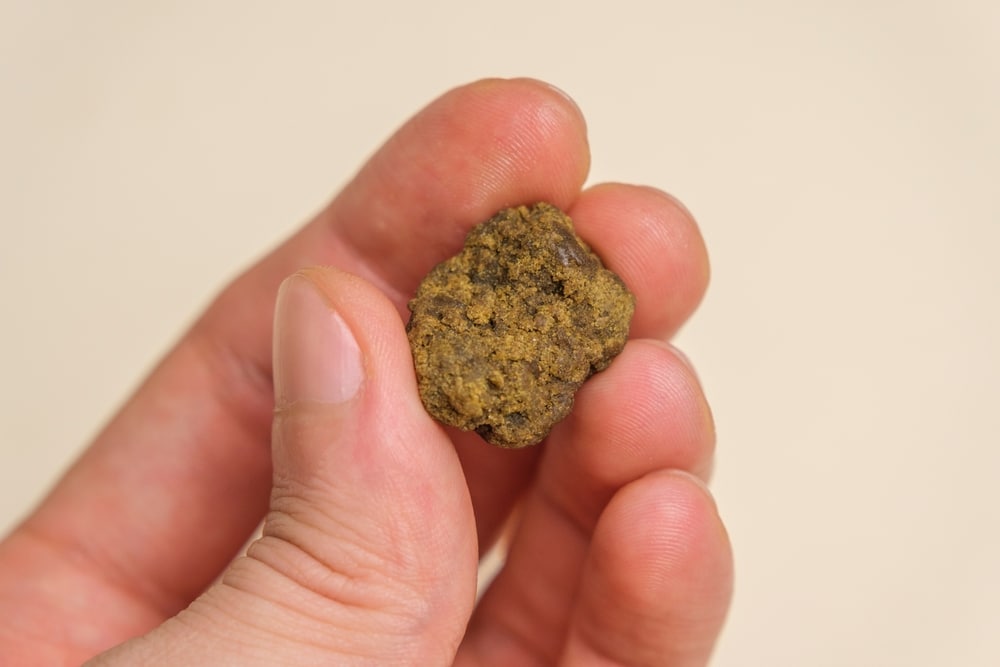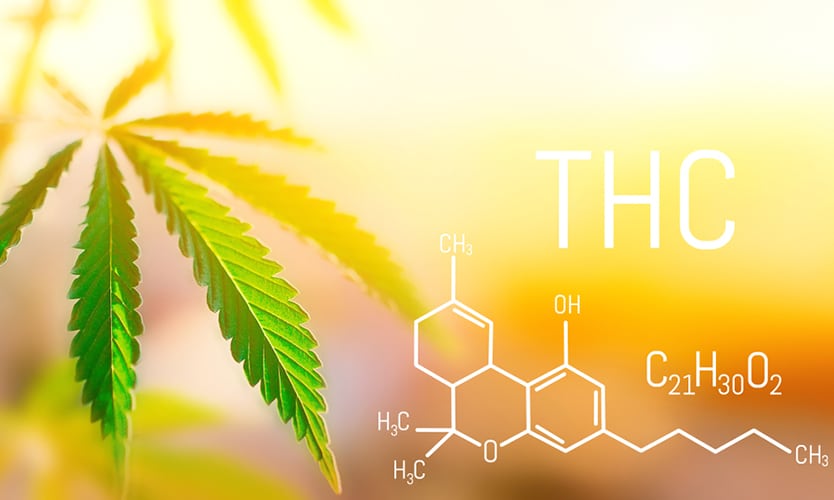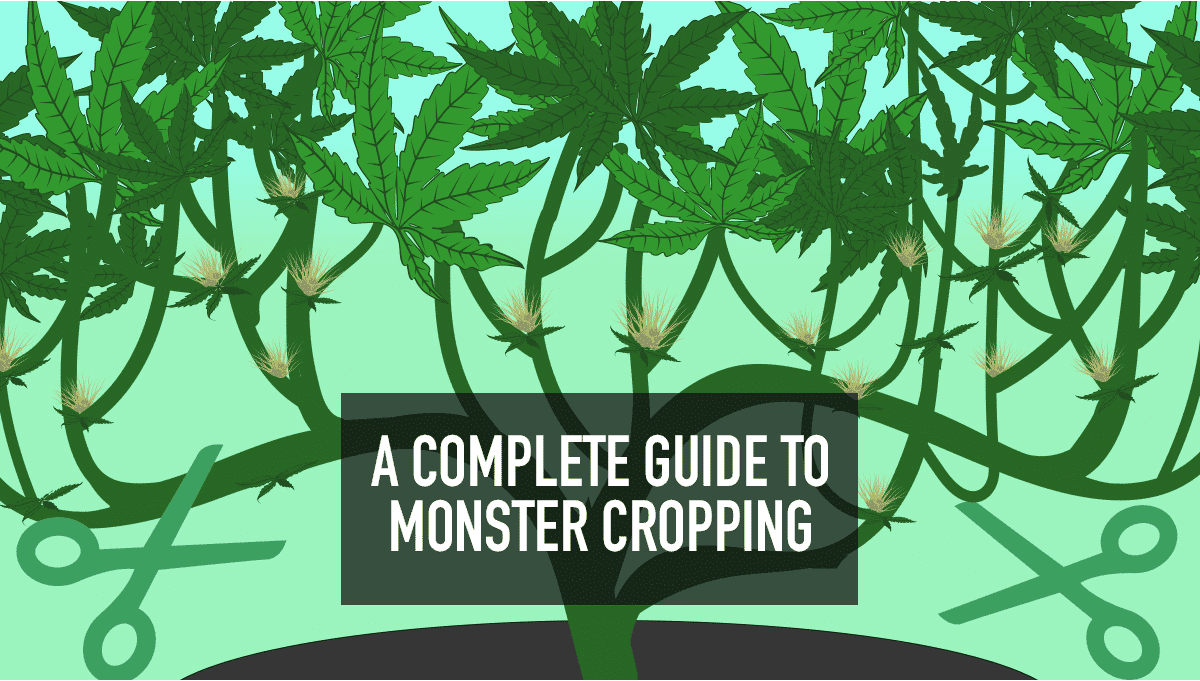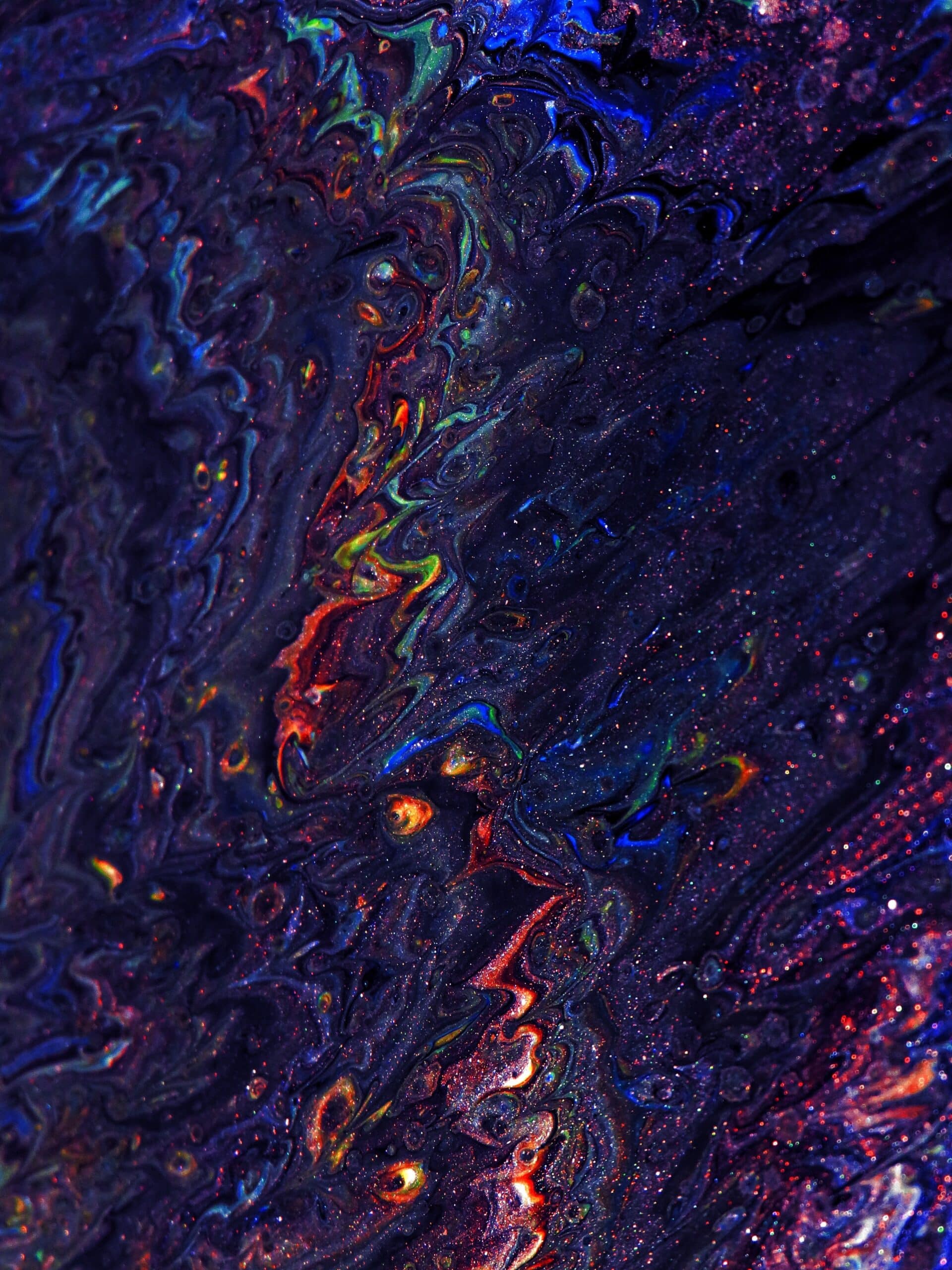No products in the cart.
Marijuana Education
How to Tell if Weed Is Laced
Wondering how to tell if weed is laced? We’ve all heard the ultimate horror story about unregulated weed. You unsuspectingly buy buds on the street, and they’re laced, meaning they contain something they shouldn’t. Coke, fentanyl, heroin, or even glass shards.
Having a bad time is the least of your concerns. Consuming laced buds is downright dangerous. Is this scenario common in real life? If yes, how can you keep yourself safe?
First, a disclaimer. Despite the sensationalist headlines, verifiable lacing cases are rare. Most dealers won’t waste pricey drugs while selling bags of marijuana. Often, people have adverse reactions to excessive THC, panic, and believe the buds were contaminated.
Unfortunately, that’s not always the case.
Street sellers may add other substances to weed to make it smell stronger, weigh heavier, or induce potent effects. Doing so can be incredibly harmful, and you should throw away the bag as soon as you detect something amiss.
What are the warning signs?
People often realize there’s an issue only after experiencing adverse reactions from laced marijuana. Read our guide, and you won’t have to get seriously messed up to notice trouble.
Join us to learn about laced weed and how to avoid it. Never let a stash from a friend, random person at a party, or shady dealer endanger your safety.
What is laced weed?
Starting with the basics, what does laced mean?
Lacing, also known as cutting, is a slang term for using one substance (lacing/cutting agent) to adulterate another.
Lacing is relatively common for some drugs, particularly powdery ones sold by weight. Dealers bulk them up with cheaper substances to gain more profits. They may also cut them to enhance or diminish their effects.
Marijuana isn’t as likely to get contaminated intentionally as other substances, but it does happen. Follow these ground rules to avoid lighting up dangerous laced blunts:
- Never purchase ground marijuana or pre-rolls. It’s always much safer to grind and roll by yourself.
- Never buy from unknown individuals. Even in tricky situations with no nearby dispensaries, check people’s experiences before purchasing a stash from a dealer.
- Inspect your buds before consumption. Put them under a bright light and examine their surface before and after grinding.
- Never consume buds that look or smell odd. Drying and processing can cause slight discrepancies, but marijuana should be green, sticky, and grassy-smelling. If anything appears off, it probably is.
- Check the substance with a home test kit. These are cheap, accessible, and can make a massive difference.
- Try a small amount before going all in. Give it 15–30 minutes after the first puff, and only keep toking if everything feels alright.
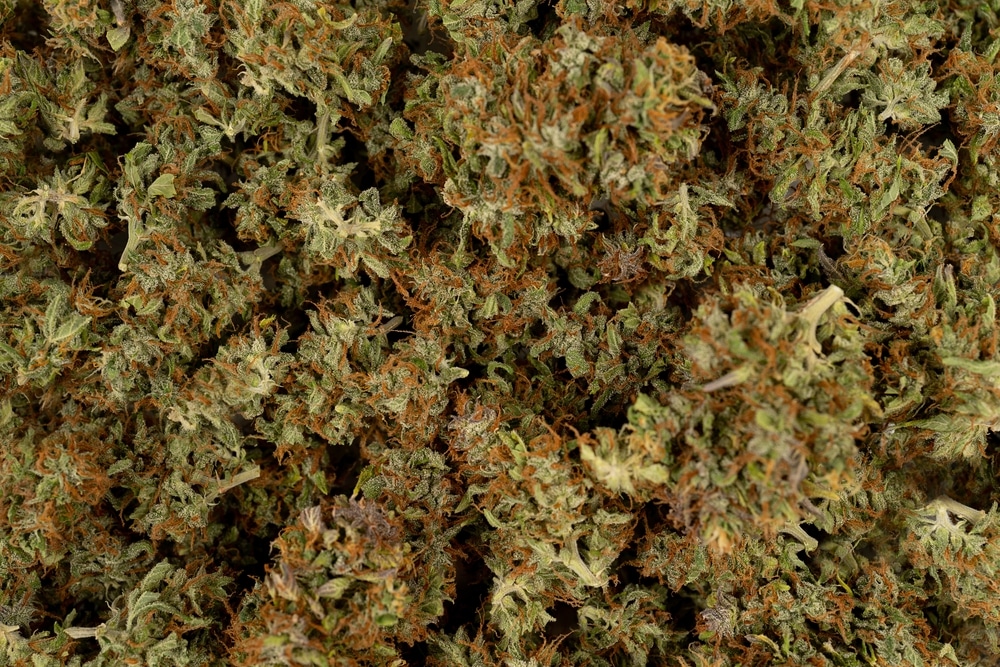
Whatever exciting effects lacing may induce, they’re short-lived and very dangerous. Consuming tainted weed is never worth it, so discard any suspicious stash.
Learning how to know if weed is laced matters more to some demographics than others.
This problem commonly occurs in black markets, where dealers manage numerous illicit substances. The risk is minimal when cannabis is available through legal and regulated means.
Since not everybody has regulated, legal access to marijuana, tokers should familiarize themselves with lacing for safety reasons. Let’s start by exploring its physical manifestations.
How to tell if weed is laced?
Differentiating between pure and tainted buds isn’t always easy, even for seasoned tokers. Many lacing agents fall under the radar if you’re not careful, so get in the habit of carefully inspecting your stash. It can be life-saving.
What does laced weed look like?
Laced weed’s appearance depends on the agent. People may modify buds by sprinkling a substance, like cocaine or heroin, onto them. Another option is to dip a flower or rolled joint into a chemical mix.
Sometimes, there are obvious visual signs. Several substances alter the color, smell, or texture of your cannabis. Buds may look too bright, have a strong aroma, or feel wet or powdery beneath your fingertips.
Unfortunately, the clearest sign of lacing is the post-consumption experience. It’s usually much more intense than the typical high from unadulterated buds.
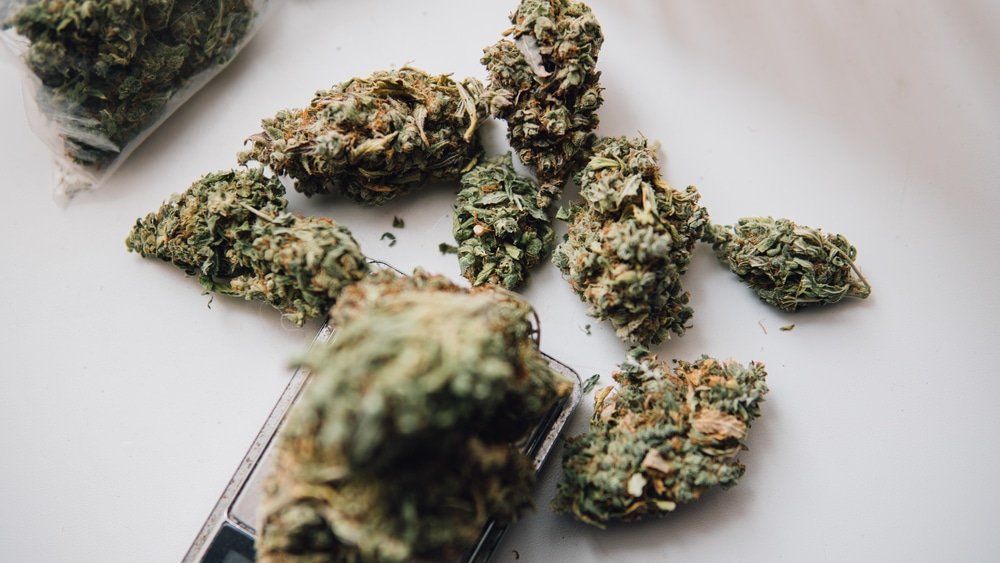
Some symptoms are substance-specific, but others appear in most cases of cutting. Here’s how to know if you’re high on a laced mix:
- You experience excessive energy or relaxation. Cannabis can induce both sensations, but they don’t usually feel impossible to escape.
- You have swings and agitation during and post-consumption. Heavily addictive drugs like crack and heroin leave people confused, depressive, and paranoid for days after use.
- You have poor coordination and find yourself confused. Even getting super-high doesn’t often cause these symptoms, while small doses of fentanyl or heroin do.
- You struggle with breathing and have an elevated heart rate. High THC levels may trigger panic attacks, but they’re much more common and noticeable with hard drugs.
- You have bouts of nausea, vomiting, or diarrhea. The body refuses toxins and uses these biological processes to protest.
- You feel horrible the day after. Dehydration, headaches, muscle aches, and shakiness follow heavy drug consumption. The weed hangover is much less intense.
Besides these generalizations, the influence depends on the substance. Stimulants result in uplifting effects, depressants lead to feelings of sedation and lethargy, and hallucinogens cause trips and delusions.
Why do people lace weed?
There are a few obvious reasons you might run into laced cannabis. Dealers may use this practice to make buds heavier, more potent, and more visually appealing.
Some dealers want to charge as much as possible for shoddy weed. So, they lace it with drugs to cover its low quality and potency. The cut makes the high more intense and long-lasting.
Some may add other substances to marijuana to increase its weight. If you’re purchasing eight ounces, they may cut six with something else and sell less for the same price.
There are also aesthetic reasons. Glass, laundry detergent, and perfume make weed look and smell better to an untrained eye.
Some people are also downright malicious for financial gain. They combine cannabis with addictive substances to get people addicted and ensure they return for more.
Individuals may also lace their buds to get higher.
A person may intentionally sprinkle buds with something else to make it stronger or to produce unusual effects. This exhibits a disregard for safety, especially if they share their blunts with unsuspecting individuals.
Marijuana can get combined with almost any drug. Let’s see how to tell if weed is laced with various common illicit substances.
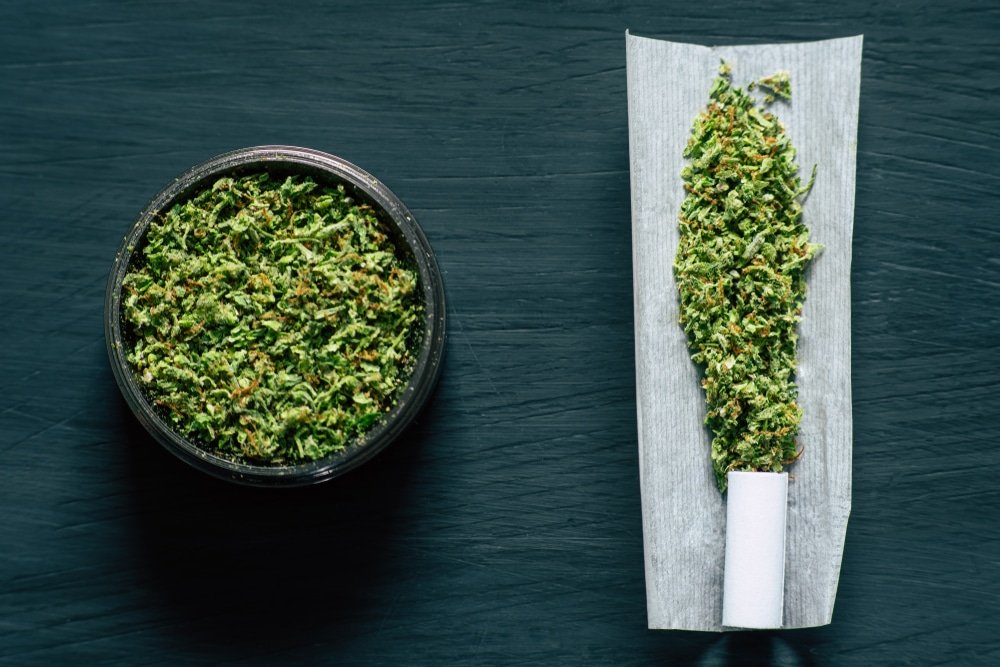
Cocaine-laced weed
Can weed be laced with cocaine? Yes, and it’s very unsafe.
A joint with cocaine-laced weed is informally called primo. People may consume it to experience the stimulant cocaine properties with sedating weed effects. The combination can cause heart and lung issues, paranoia, and prolonged restlessness.
Cocaine is a stimulant visually similar to powdered sugar. It has a metallic and bitter taste, which can point to contamination. Here’s what to look out for.
Chemical smell
Cocaine has a faint chemical smell due to the solvents used to extract it from the coca plant. It also delivers a bitter flavor and a metallic aftertaste. Its fragrance and flavor differ from the rich, grassy cannabis aromas.
Consuming cocaine can numb the taste buds, too. So, besides listening to your senses, pay attention to the mouth sensations post-first puff.
Powdery weed
Dealers sprinkle cocaine on buds and rely on its white, glistening appearance to cover up their actions.
This drug may resemble the trichome crystals on top-tier cannabis but fails the touch test. If you roll and squeeze a piece of weed through your fingers, trichomes stick and don’t fall off in large quantities. Heaps of dust fall from flowers if cocaine-laced.
Physical symptoms of cocaine cannabis
Cocaine has strong stimulating properties, increasing energy levels, and hyper-sharpening focus. The description may resemble sativa cannabis, but the sensation is less pleasant and more intense with the drug. Your jaw also gets numb, and you become more prone to paranoia.
People who consume cocaine in a blunt can’t sit still, rest, or sleep. What dangers do they face?
Cocaine weed can cause short- and long-term heart and lung problems. An elevated heart rate and shortness of breath are common symptoms.
Blunt laced with crack
Crack is cocaine in crystal form. It resembles small off-white rocks and has fast-acting effects. It’s generally cheap, super-concentrated, and has overly intense effects.
Due to this intensity, people may combine the two to level out the wired sensations that follow pure crack use. Here’s how to identify this combo before and after consumption.
Crystalline nugs
Like cocaine lacing, dealers who add this drug to weed rely on its crystalline appearance. Luckily, crack is even easier to notice.
Trichome crystals are relatively soft and firmly attached to the cannabis bud. Crack looks like rock shards, with hard edges loosely stuck to the flower. Bits might fall off when you shake the bag.
Cracking smoke
This drug’s name comes from the cracking it produces upon combustion. It lends this trait to cannabis, making the blunt pop as it burns. If you hear the sound, immediately put it out.
Physical symptoms of crack cannabis
Crack has similar mind and body effects to cocaine. It increases blood pressure and heart rate, putting you at risk of a heart attack. The influence leaves you focused, hyperactive, fast, numb around the face, restless, and prone to paranoia.
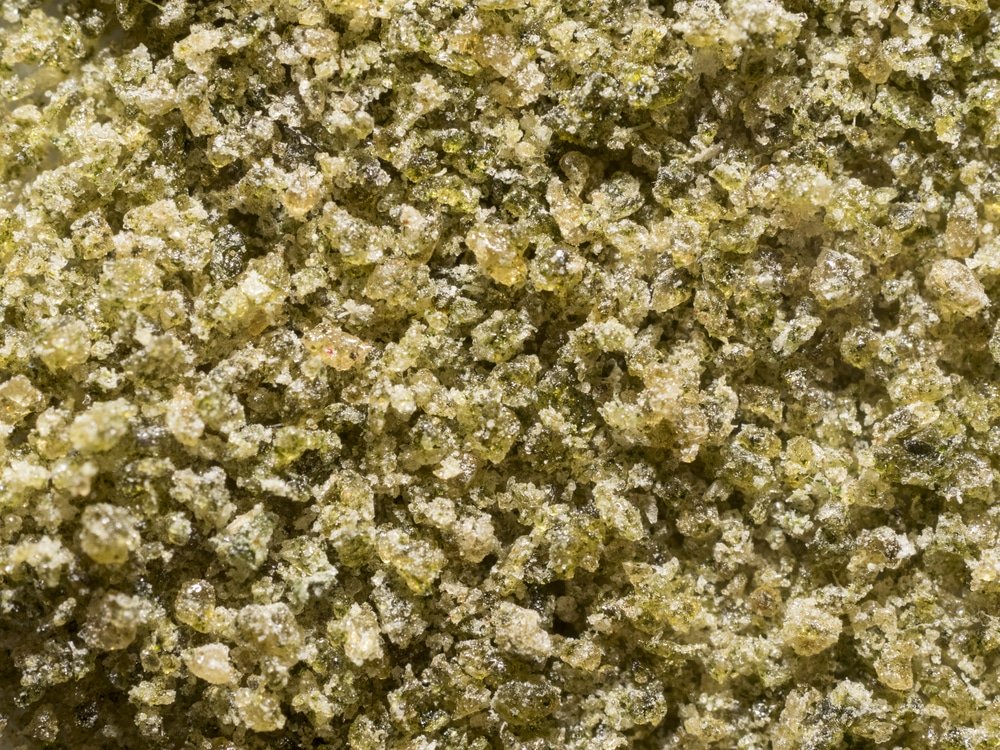
Fentanyl-laced weed
Fentanyl is a morphine-like drug with potent anesthetic and sedating properties. It doesn’t have any flavor or scent, and its effects are intense and sometimes fatal. As such, it poses a massive addiction and overdose risk.
Here are some warning signs of fentanyl lacing.
Powdery weed
Fentanyl primarily comes in powder or pill form. Nugs laced with this drug will have traces of powder on their surface.
You can use the same test as cocaine, testing whether the bud sticks to your fingers or the dust falls off. Another way to check for fentanyl is by shaking the bag and seeing if powder collects on its bottom.
Wet weed
Fentanyl may also come in liquid form, so dealers dip buds into it for higher potency. Moist weed is eyebrow-raising on its own, and soaked buds are often laced.
Physical symptoms of fentanyl cannabis
Weed laced with fentanyl causes excessive euphoria paired with confusion and disorientation. It resembles getting socks off high on a potent indica multiplied by 10.
Other symptoms include drowsiness and sedation to the point of passing out. Your breathing might feel slow and difficult, and the body may also react by forcing you to vomit.
Immediately seek assistance if you consume this combination. Even in small doses, its effects can be lethal.
Weed laced with heroin
Heroin is an opiate and among the most dangerous and addictive drugs known to humanity. Weed laced with this substance produces uncomfortable levels of disorientation and lethargy. It quickly forms an addiction, too, making people crave more.
Luckily, this drug isn’t discreet. Here’s how to recognize it and what may happen if you ingest it.
Brown and yellow powder
The white of crack and cocaine may pass as trichomes, but heroin is a brownish-yellowish powder. Its colors may blend with the weed green, but it pops against the nug upon closer inspection.
You can also roll a bud between your fingers to see if excess dust falls off.
Rubbery scent
Heroin may smell like rubber, vinegar, or even almonds. The aroma is faint at first but intensifies as you grind and blaze.
These scents don’t naturally occur in weed, so don’t consume buds that have them. Even if you’re not facing heroin, they point to something being amiss.
Physical symptoms of heroin cannabis
Heroin makes people feel extremely lethargic and relaxed. Its effects surpass the most potent indica. The breathing and heart rate slow down, and you may feel close to passing out. Due to its intensity, the classic ways to sober up from weed don’t increase your alertness.
Other side effects include itchiness, limb heaviness, intense confusion, and insomnia. These symptoms necessitate an immediate visit to the ER.
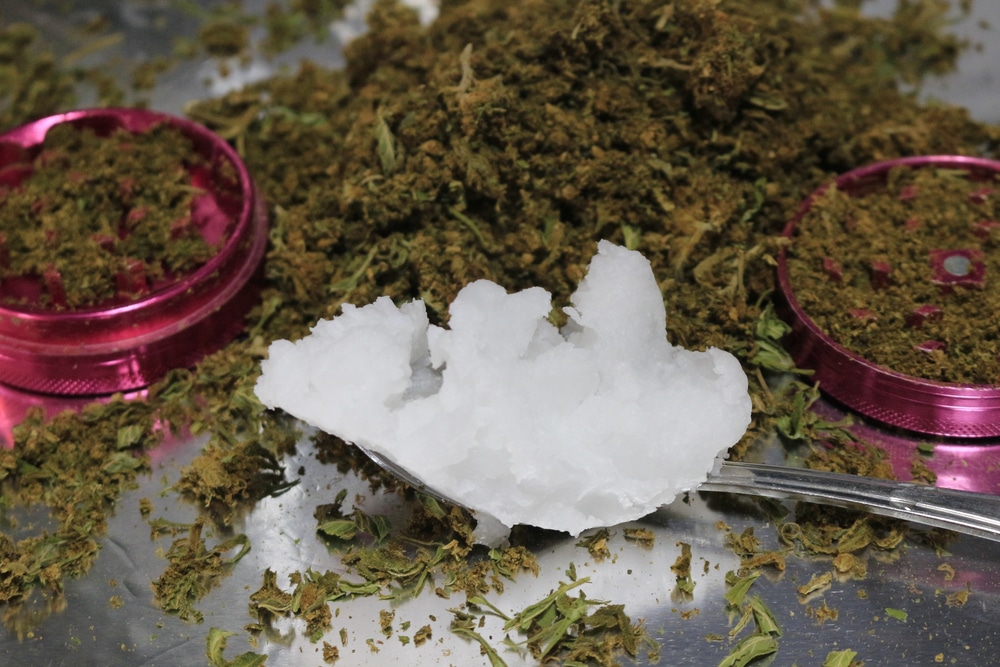
Other common agents
What about other substances? Can weed be laced with LSD, ketamine, or non-intoxicating agents? Yes, but these blends don’t appear as frequently as the above four.
To keep the guide well-rounded, let’s look at some less common drugs that may end up in weed:
- LSD-laced weed cigarettes go under the name of rainbow joints. Their effects may last up to 12 hours and include potent hallucinations. The lacing method consists of dabbing the end of your joint into LSD, so roll by yourself, and nobody will be able to slip it in.
- Ketamine-laced weed has a potent sedative effect. It might induce overheating, confusion, and dehydration. Ketamine powder is whitish-yellow and looks like dust on crushed or whole buds. It feels much drier to the touch than trichome crystals.
- PCP-laced weed has similar effects and physical properties to cocaine, but an even harsher flavor. It can lead to erratic behavior and severe disorientation. Perform touch tests to check for powdered PCP in your weed and mind the taste to check for liquid.
- Methamphetamine-laced weed is a stimulant that leads to delusions, hallucinations, and seizures. It doesn’t look strange to the naked eye but emanates a harsh chemical fragrance while burning.
- Formaldehyde-laced weed is nicknamed “wet” or “fry.” It has hallucinogenic effects and burns very slowly. It causes chest pain, increased heart rate, paranoia, headaches, and nausea. The liquid smells like pickles, making it easy to identify.
Besides these drugs, dealers may lace weed with glass, perfumes, and detergents to make it heavier and more appealing. These substances aren’t suitable for human consumption: they cause breathing troubles, nausea, dizziness, and headaches. Shards may also injure the throat.
Lacing with fruit juices and food coloring is relatively safe but can mask low or mid-grade weed. In these cases, putting the bud in a glass of water will show its true colors (and scents). Breaking open the bud is also a good test, as only the surface absorbs these additives.
If you suspect your weed has glass, rub it on the surface of a CD. Laced buds leave scratches, while pure ones don’t.
Laundry detergent-laced cannabis leaves traces of suds when dropped in a water glass. If it’s clean, let it dry before grinding and lighting up.
Fragrant substances like perfumes and diesel smell harsh and synthetic. If you’re unsure, you can see how they interact with flames. Fuel will burst into flames, while odor adulterants change the fire color or make it pop and spark.
If anything seems amiss with your weed, only consume it once it passes all these tests.
Clean stash, safe stash
Our favorite green plant has immense recreational and medical value. High-quality buds bring a pleasurable, worthwhile experience. Laced weed doesn’t: it’s often harmful and rarely feel-good.
The risk of encountering tainted marijuana is low, but you can never be too careful. Now that you understand the laced meaning and signs, you can stay vigilant and protect yourself.
Inspect your weed before every session, and never smoke funky buds: the risk isn’t worth it. If you feel uncomfortable about a stash, trust your gut and throw it away.
If you smoke laced weed, immediately seek medical attention. Head to the emergency room if you experience any symptoms discussed, and don’t hesitate to vomit. The best and safest way to keep yourself safe is by raising cannabis at home and only smoking your own. Visit our store to buy seeds, grow weed, and never worry about laced buds.


